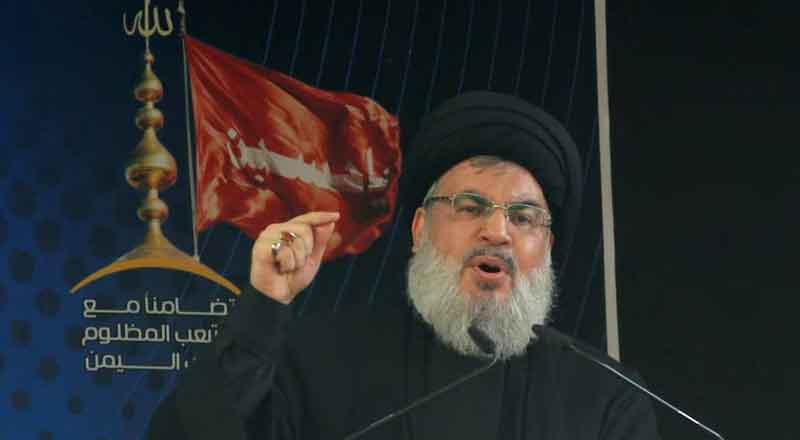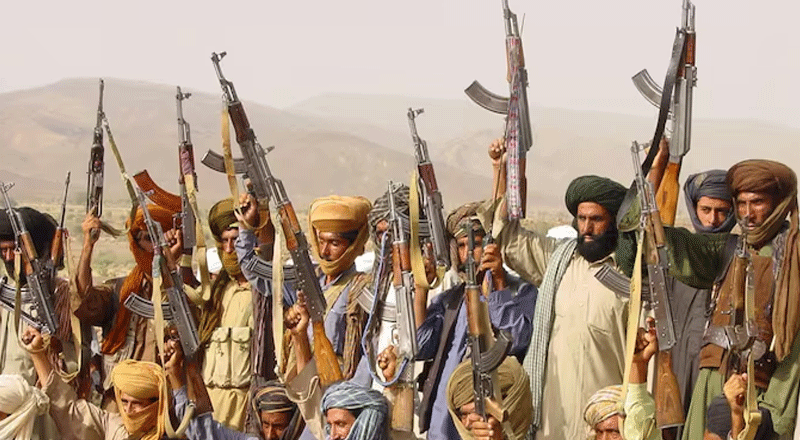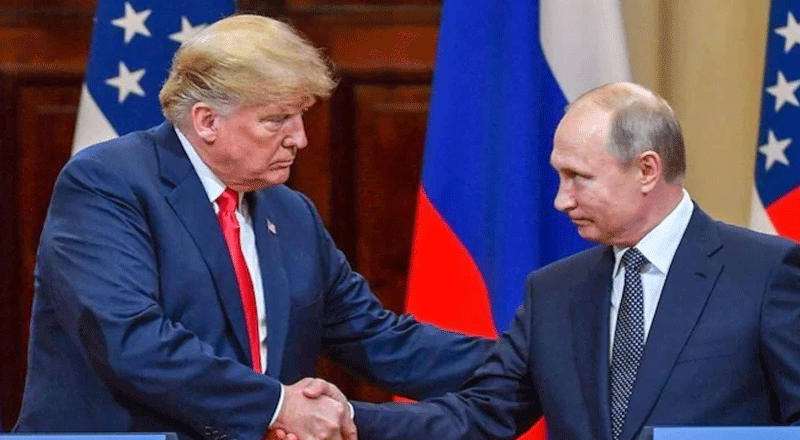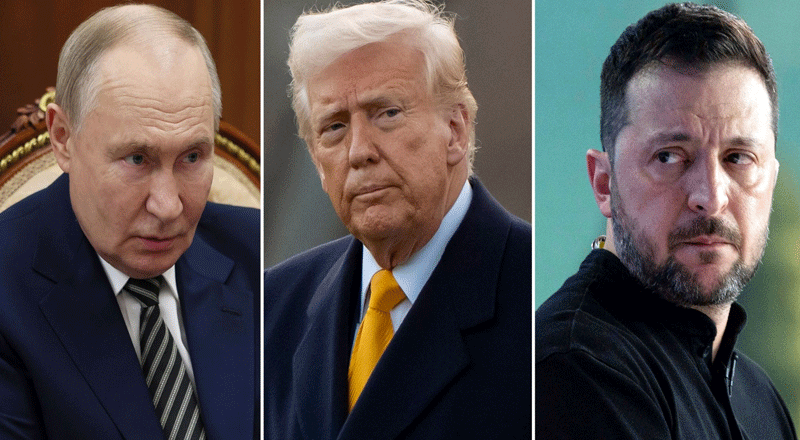The recent killing of Hezbollah’s leader Hassan Nasrallah in Israeli airstrikes on Beirut has sent shockwaves throughout the Muslim world, triggering contrasting reactions. For some, particularly within the Shia community, Nasrallah was a revered figure—a symbol of resistance against Israel and Western imperialism. His death has been met with mourning, protests, and even political upheaval. However, for others, including Sunni factions and those oppressed by Hezbollah’s influence, his demise is a cause for celebration. The stark divide in responses reflects the longstanding and complex Shia-Sunni split that defines much of Middle Eastern politics and society.
Hezbollah and Hassan Nasrallah: Symbols of Shia Resistance
For over three decades, Hassan Nasrallah served as the leader of Hezbollah, a powerful Shia militant organization and political party in Lebanon. His leadership of Hezbollah turned the group into a formidable force in the Middle East, supported heavily by Iran. Hezbollah is known for its military opposition to Israel, notably in the 2006 Lebanon War, and its influence has grown beyond Lebanon, with strongholds across Syria and Iraq.
Nasrallah, in particular, was seen as a hero in many parts of the Shia world, especially in regions like Lebanon, Iran, and parts of Iraq, where Hezbollah is seen as a protector of Shia interests and a counterbalance to Sunni-dominated powers like Saudi Arabia.
Mourning Across Shia Communities
Unsurprisingly, Shia communities around the world were among the most vocal in mourning Nasrallah’s death. Massive protests erupted in Kashmir, where the local Shia population took to the streets in anger. The region’s political leaders, including former Chief Minister Mehbooba Mufti and National Conference leader Aga Syed Ruhullah Mehdi, even called off their election campaigns to express solidarity with Nasrallah and Hezbollah.
In Iran, a predominantly Shia country and Hezbollah’s major ally, the reaction was even stronger. Ayatollah Ali Khamenei, Iran’s Supreme Leader, declared five days of mourning and promised that Israel would pay for Nasrallah’s assassination. Protests filled the streets of Tehran, and anti-Israel and anti-American slogans reverberated throughout the capital. Iran also called for emergency sessions of the Organisation of Islamic Cooperation (OIC) and the United Nations to discuss the implications of Nasrallah’s death.
The Sunni Response: Celebration and Relief
On the other side of the divide, many Sunni communities, especially those who have suffered under Hezbollah’s influence, celebrated Nasrallah’s death. In rebel-held parts of Syria, where Hezbollah fighters have backed the Assad regime against opposition forces, people rejoiced in the streets. The Syrian Civil War, which saw Hezbollah fight alongside government troops against largely Sunni opposition forces, created deep animosities between Hezbollah and various Sunni factions. For these groups, Nasrallah was an oppressor rather than a hero.
In Iran itself, videos surfaced of women celebrating Nasrallah’s death—a telling sign of the deep divisions within the country. The women’s response is partly linked to the broader dissatisfaction with the Iranian regime, which has been heavily involved in supporting Hezbollah. Many Iranians, particularly women, are still grappling with the consequences of the anti-government protests that erupted after the death of Mahsa Amini, and some see Nasrallah’s death as a symbolic victory against the regime’s authoritarian rule.
The Shia-Sunni Divide
The reactions to Nasrallah’s death highlight the deep-rooted and complex Shia-Sunni divide that has shaped Middle Eastern geopolitics for centuries. This split, which dates back to the succession crisis following the Prophet Muhammad’s death, continues to influence modern politics, often manifesting in the form of proxy wars and sectarian violence.
In this case, Nasrallah’s death underscores the longstanding rivalry between Shia-majority Iran and Sunni-majority countries like Saudi Arabia. Iran has long supported Shia militias and political movements across the region, including Hezbollah, while Sunni powers, especially Saudi Arabia, have backed their own allies in places like Syria and Yemen. For the Sunni opposition groups in these areas, Nasrallah’s death represents a blow to Iranian influence in the region.
More Than just a Shia-Sunni Divide
While the Shia-Sunni divide is a significant factor, it doesn’t fully explain the mixed reactions to Nasrallah’s death. In countries like Lebanon, Syria, and Iran, the reactions go beyond religious sectarianism and reflect deeper political and social divides. For example, many Lebanese citizens—Shia and Sunni alike—are frustrated with Hezbollah’s dominance over their country’s political and military affairs, which they see as contributing to Lebanon’s ongoing economic and political crises. Hezbollah’s strong ties to Iran are also a point of contention for those who want Lebanon to have greater independence from external influence.
In Iran, the joy some women expressed at Nasrallah’s death points to a broader frustration with the regime. For these Iranians, Hezbollah is not just a Shia militia; it is an extension of the Iranian government’s oppressive policies. Nasrallah’s death, therefore, is not merely a sectarian issue but a sign of potential weakening of the regime’s power.
Conclusion: A Divisive Figure in a Divided Region
The death of Hassan Nasrallah has laid bare the deep divisions within the Muslim world. For Shia communities, particularly in Iran, Iraq, and Lebanon, his death marks the loss of a leader who stood against Western imperialism and protected Shia interests. For others, especially Sunni factions and those oppressed by Hezbollah’s influence, his death is cause for celebration and a symbol of hope for change.
Ultimately, the reactions to Nasrallah’s death underscore the complex and fractured nature of the Middle East, where religious, political, and social divides continue to shape the region’s future.
(With inputs from agencies)





